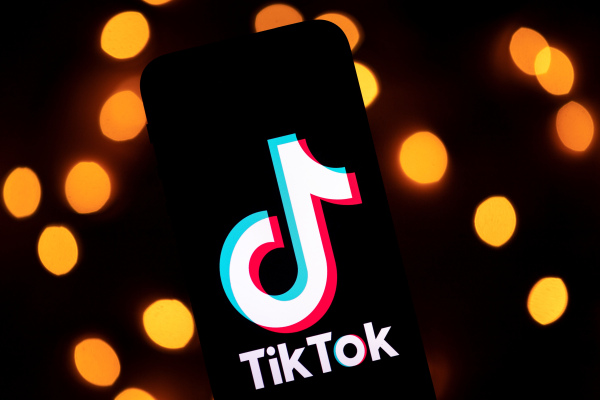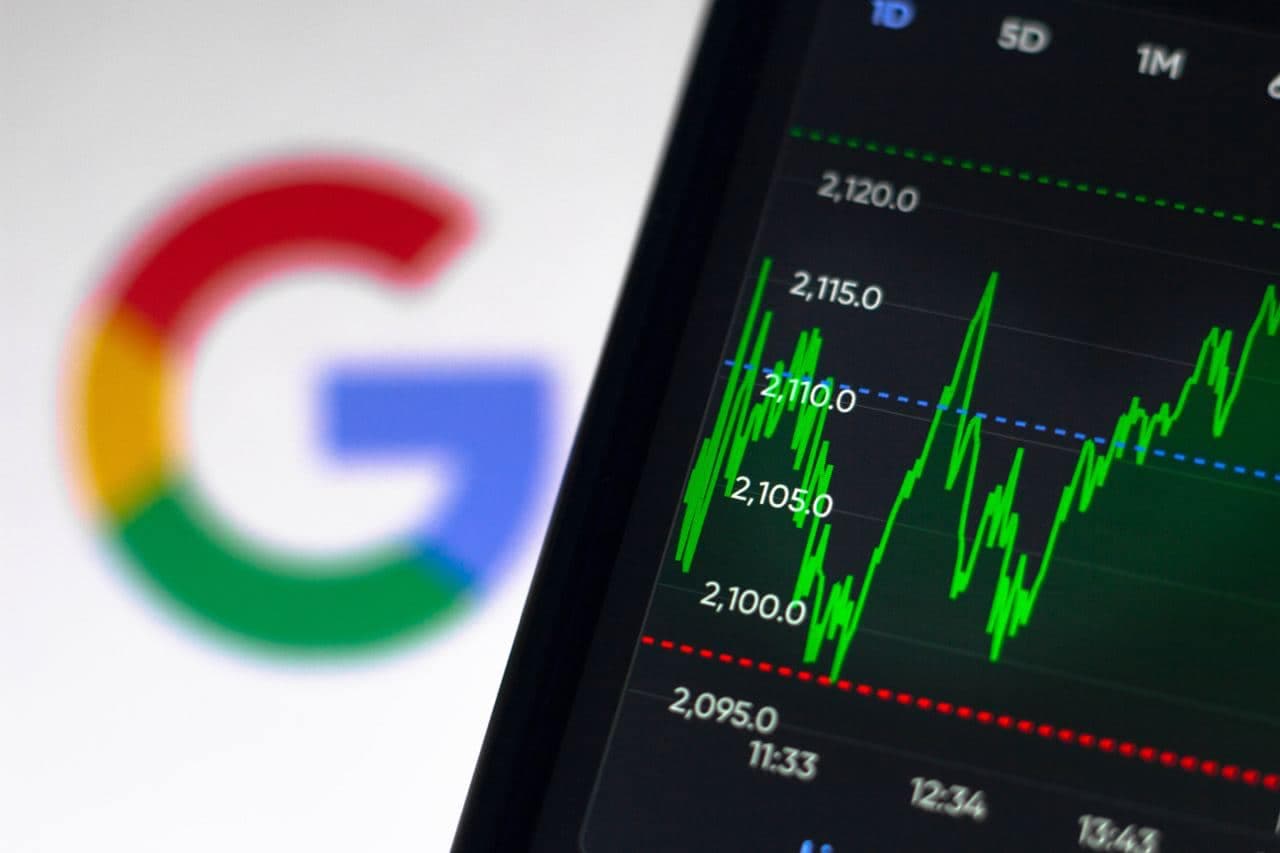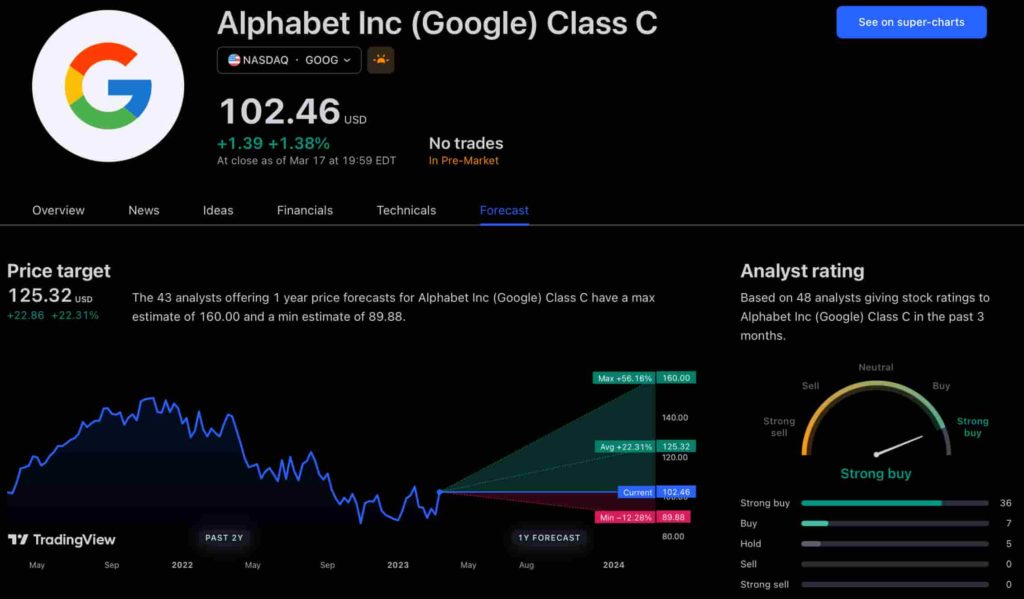The new app is called watchGPT and as I tipped off already, it gives you access to ChatGPT from your Apple Watch. Now the $10,000 question (or more accurately the $3.99 question, as that is the one-time cost of the app) is why having ChatGPT on your wrist is remotely necessary, so let’s dive into what exactly the app can do.
NEWS
TikTok joins Europe’s code on tackling hate speech


TikTok, the popular short video sharing app, has joined the European Union’s Code of Conduct on Countering Illegal Hate Speech.
In a statement on joining the code, TikTok’s head of trust and safety for EMEA, Cormac Keenan, said: “We have never allowed hate on TikTok, and we believe it’s important that internet platforms are held to account on an issue as crucial as this.”
The non-legally binding code kicked off four years ago with a handful of tech giants agreeing to measures aimed at accelerating takedowns of illegal content while supporting their users to report hate speech and committing to increase joint working to share best practice to tackle the problem.
Since 2016 the code has grown from single to double figure signatories — and now covers Dailymotion, Facebook, Google+, Instagram, Jeuxvideo.com, Microsoft, Snapchat, TikTok, Twitter and YouTube.
TikTok’s statement goes on to highlight the platform’s “zero-tolerance” stance on hate speech and hate groups — in what reads like a tacit dig at Facebook, given the latter’s record of refusing to take down hate speech on ‘freedom of expression‘ grounds (including founder Mark Zuckerberg’s personal defence of letting holocaust denial thrive on his platform).
“We have a zero-tolerance stance on organised hate groups and those associated with them, like accounts that spread or are linked to white supremacy or nationalism, male supremacy, anti-Semitism, and other hate-based ideologies. We also remove race-based harassment and the denial of violent tragedies, such as the Holocaust and slavery,” Keenan writes.
“Our ultimate goal is to eliminate hate on TikTok. We recognise that this may seem an insurmountable challenge as the world is increasingly polarised, but we believe that this shouldn’t stop us from trying. Every bit of progress we make gets us that much closer to a more welcoming community experience for people on TikTok and out in the world.”
It’s interesting that EU hate speech rules are being viewed as a PR opportunity for TikTok to differentiate itself vs rival social platforms — even as most of them (Facebook included) are signed up to the very same code.
TikTok signing up comes a few months after it added its name to a similar EU initiative aimed at tackling the spread of online disinformation via a series of non-legally binding commitments.
The voluntary codes have proved popular with tech giants, given they lack legal compulsion and provide the opportunity for platforms to project the idea they’re doing something about tricky content issues — without the calibre and efficacy of their action being quantifiable.
The codes have also bought time by staving off actual regulation. But that is now looming. EU lawmakers are, for example, eyeing binding transparency rules for platforms to back up voluntary reports of illegal hate speech removals and make sure users are being properly informed of platform actions.
Commissioners are also consulting on and drafting a broader package of measures with the aim of updating long-standing rules wrapping digital services — including looking specifically at the rules around online liability and defining platform responsibilities vis-a-vis content.
A proposal for the Digital Services Act is slated before the end of the year.
The exact shape of the next-gen EU platform regulation remains to be seen but tighter rules for platform giants is one very real possibility, as lawmakers consult on ex ante regulation of so-called ‘gatekeeper’ platforms.
“Europe’s online marketplaces should be vibrant ecosystems, where start-ups have a real chance to blossom – they shouldn’t be closed shops controlled by a handful of gatekeeper platforms,” said EVP and competition chief, Margarthe Vestager, giving a speech in Berlin yesterday. “A list of ‘dos and don’ts’ could prevent conduct that is proven to be harmful to happen in the first place.
“The goal is that all companies, big and small, can compete on their merits on and offline.”
In just one example of the ongoing content moderation challenges faced by platforms, clips of a suicide were reported to be circulating on TikTok this week. Yesterday the company said it was trying to remove the content which it said had been livestreamed on Facebook.
Facebook Faces Yet Another Outage: Platform Encounters Technical Issues Again

Uppdated: It seems that today’s issues with Facebook haven’t affected as many users as the last time. A smaller group of people appears to be impacted this time around, which is a relief compared to the larger incident before. Nevertheless, it’s still frustrating for those affected, and hopefully, the issues will be resolved soon by the Facebook team.
Facebook had another problem today (March 20, 2024). According to Downdetector, a website that shows when other websites are not working, many people had trouble using Facebook.
This isn’t the first time Facebook has had issues. Just a little while ago, there was another problem that stopped people from using the site. Today, when people tried to use Facebook, it didn’t work like it should. People couldn’t see their friends’ posts, and sometimes the website wouldn’t even load.
Downdetector, which watches out for problems on websites, showed that lots of people were having trouble with Facebook. People from all over the world said they couldn’t use the site, and they were not happy about it.
When websites like Facebook have problems, it affects a lot of people. It’s not just about not being able to see posts or chat with friends. It can also impact businesses that use Facebook to reach customers.
Since Facebook owns Messenger and Instagram, the problems with Facebook also meant that people had trouble using these apps. It made the situation even more frustrating for many users, who rely on these apps to stay connected with others.
During this recent problem, one thing is obvious: the internet is always changing, and even big websites like Facebook can have problems. While people wait for Facebook to fix the issue, it shows us how easily things online can go wrong. It’s a good reminder that we should have backup plans for staying connected online, just in case something like this happens again.
NEWS
We asked ChatGPT what will be Google (GOOG) stock price for 2030

Investors who have invested in Alphabet Inc. (NASDAQ: GOOG) stock have reaped significant benefits from the company’s robust financial performance over the last five years. Google’s dominance in the online advertising market has been a key driver of the company’s consistent revenue growth and impressive profit margins.
In addition, Google has expanded its operations into related fields such as cloud computing and artificial intelligence. These areas show great promise as future growth drivers, making them increasingly attractive to investors. Notably, Alphabet’s stock price has been rising due to investor interest in the company’s recent initiatives in the fast-developing field of artificial intelligence (AI), adding generative AI features to Gmail and Google Docs.
However, when it comes to predicting the future pricing of a corporation like Google, there are many factors to consider. With this in mind, Finbold turned to the artificial intelligence tool ChatGPT to suggest a likely pricing range for GOOG stock by 2030. Although the tool was unable to give a definitive price range, it did note the following:
“Over the long term, Google has a track record of strong financial performance and has shown an ability to adapt to changing market conditions. As such, it’s reasonable to expect that Google’s stock price may continue to appreciate over time.”
GOOG stock price prediction
While attempting to estimate the price range of future transactions, it is essential to consider a variety of measures in addition to the AI chat tool, which includes deep learning algorithms and stock market experts.
Finbold collected forecasts provided by CoinPriceForecast, a finance prediction tool that utilizes machine self-learning technology, to anticipate Google stock price by the end of 2030 to compare with ChatGPT’s projection.
According to the most recent long-term estimate, which Finbold obtained on March 20, the price of Google will rise beyond $200 in 2030 and touch $247 by the end of the year, which would indicate a 141% gain from today to the end of the year.
Google has been assigned a recommendation of ‘strong buy’ by the majority of analysts working on Wall Street for a more near-term time frame. Significantly, 36 analysts of the 48 have recommended a “strong buy,” while seven people have advocated a “buy.” The remaining five analysts had given a ‘hold’ rating.

The average price projection for Alphabet stock over the last three months has been $125.32; this objective represents a 22.31% upside from its current price. It’s interesting to note that the maximum price forecast for the next year is $160, representing a gain of 56.16% from the stock’s current price of $102.46.
While the outlook for Google stock may be positive, it’s important to keep in mind that some potential challenges and risks could impact its performance, including competition from ChatGPT itself, which could affect Google’s price.
Disclaimer: The content on this site should not be considered investment advice. Investing is speculative. When investing, your capital is at risk.
NEWS
This Apple Watch app brings ChatGPT to your wrist — here’s why you want it

ChatGPT feels like it is everywhere at the moment; the AI-powered tool is rapidly starting to feel like internet connected home devices where you are left wondering if your flower pot really needed Bluetooth. However, after hearing about a new Apple Watch app that brings ChatGPT to your favorite wrist computer, I’m actually convinced this one is worth checking out.
-

 PPC4 days ago
PPC4 days ago19 Best SEO Tools in 2024 (For Every Use Case)
-
SEARCHENGINES7 days ago
Daily Search Forum Recap: April 16, 2024
-

 SEO7 days ago
SEO7 days agoGoogle Clarifies Vacation Rental Structured Data
-

 MARKETING6 days ago
MARKETING6 days agoStreamlining Processes for Increased Efficiency and Results
-
SEARCHENGINES6 days ago
Daily Search Forum Recap: April 17, 2024
-

 SEO6 days ago
SEO6 days agoAn In-Depth Guide And Best Practices For Mobile SEO
-

 PPC6 days ago
PPC6 days ago97 Marvelous May Content Ideas for Blog Posts, Videos, & More
-

 MARKETING5 days ago
MARKETING5 days agoEcommerce evolution: Blurring the lines between B2B and B2C













